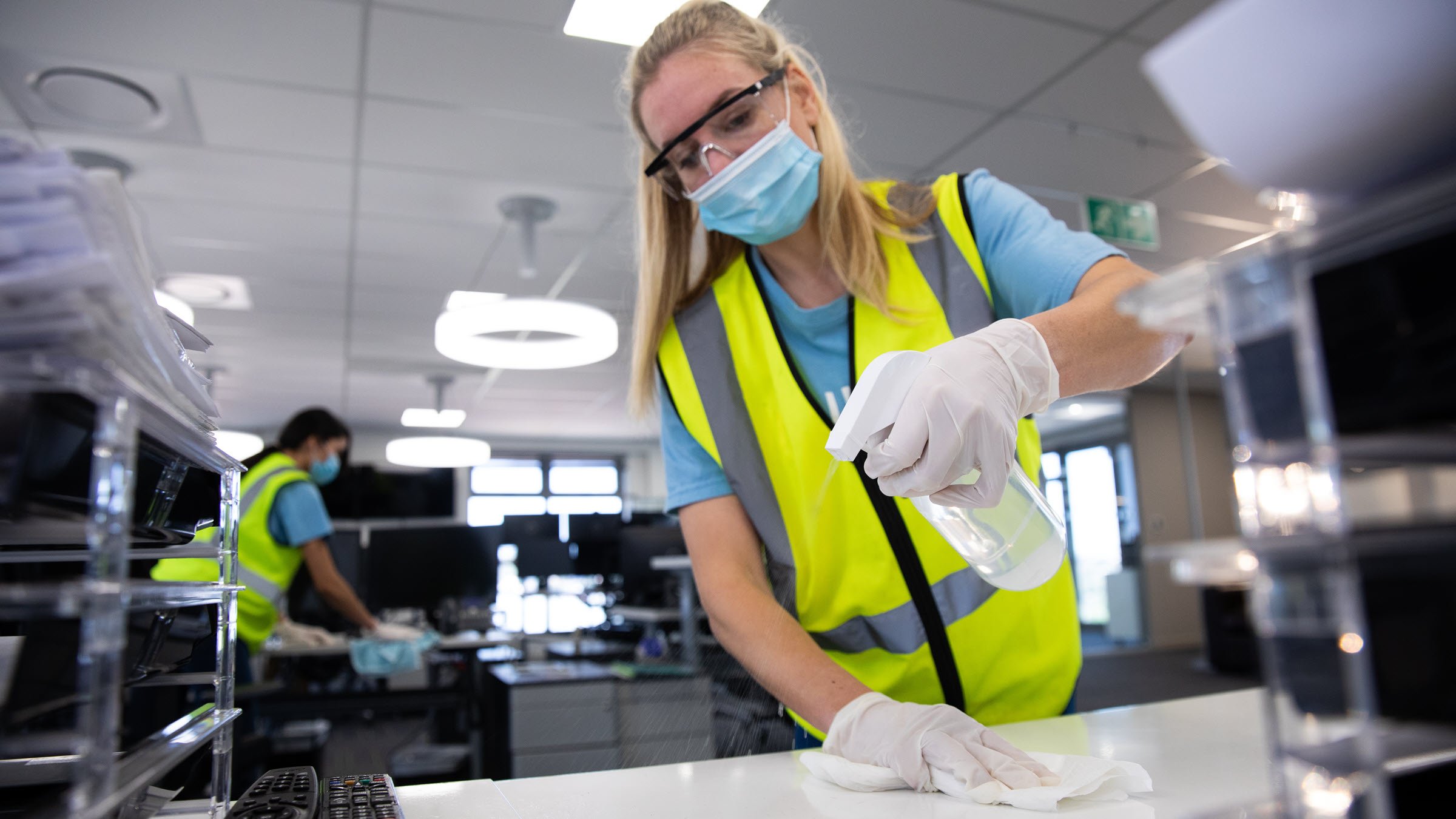Meet Alan Stanfill, Director of Digital Transformation for Gray Solutions, a member of the Rockwell Automation PartnerNetwork™. Gray Solutions is a full-service system integrator serving the food, beverage, and consumer products markets. A leader in automation and process integration, Gray Solutions uses the power of data and information technology to increase system efficiencies, whether it’s a simple modification or a new facility.
Data is Key to Quality Monitoring
Quality and traceability were key focus areas in a recent customer project for a manufacturer of disposable wipes. Specifically, the customer needed to be able to track product quality at various stages throughout the manufacturing process. “If a concern was identified, they needed to be able to go back to find where those quality concerns may have come from and then determine what they need to do about it,” Alan explains.
On ingredient required special monitoring: water. “With it being a wipe product, the [quality of the] water that goes into it is critical,” Alan says. The customer needed access to live quality data. If water quality was outside of set parameters, they needed to be able to identify the root cause immediately and take corrective action.
Expanding Data Access and Ease
Because the manufacturer was a long-time Gray Solutions customer, the system integrator already stored much of the customer’s data on its premises. But at the time, only engineering professionals could access the data.
“So, we worked with their IT group to create a new version of their data in the cloud that would make it accessible for their lab folks, IT people, and others in the organization to be able to take quicker action on things rather than having offline lab data that was after the fact,” Alan explains.
Using Rockwell Automation’s FactoryTalk® Optix software, Gray Solutions was able to unlock and collect existing data from Rockwell Automation controllers, move it to the cloud, and with analytics and visualization tools enable their customers to make sense of out of that data.
“It was a seamless transition of data from the facilities, up to the cloud and out through tools the IT department was already comfortable with,” Alan says.
Improved Response Time
The biggest benefit to the customer? Improved response time.
“You don't want to continue creating product if there's any kind of an issue. Or when an issue arises, you want to be able to find it and minimize the impact of that to the market,” Alan explains. Because they no longer had to wait for offline lab data and testing, and because that information was accessible to the people responsible for decision making, they were able to find issues immediately and stop production if needed.
It no longer took days, even weeks, to spot a problem. Reduced waste was another benefit Alan cited and, “even more importantly is brand reputation.” With this new solution in place, the customer has access to the information they need to make better, faster decisions about quality.
Published January 3, 2023



